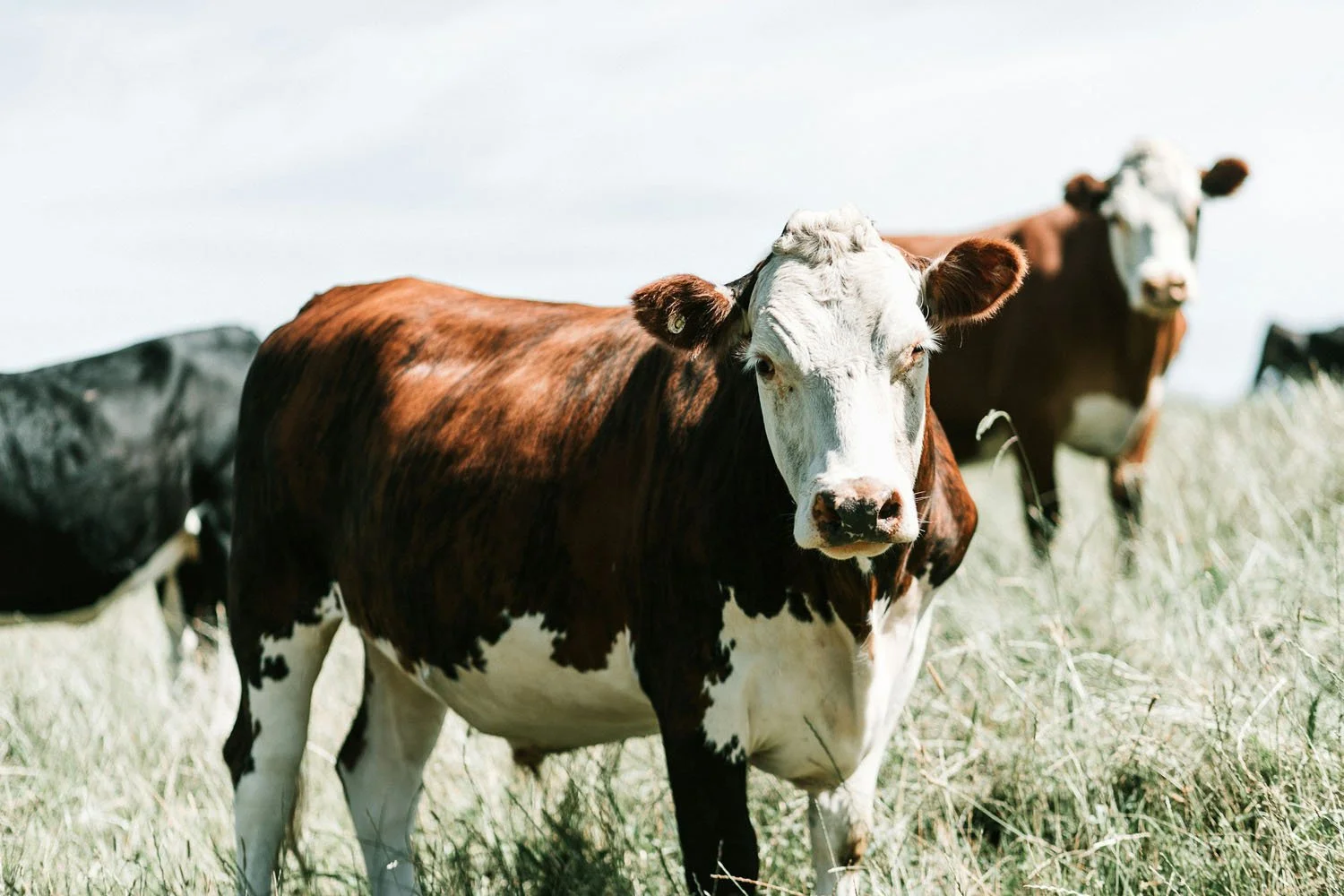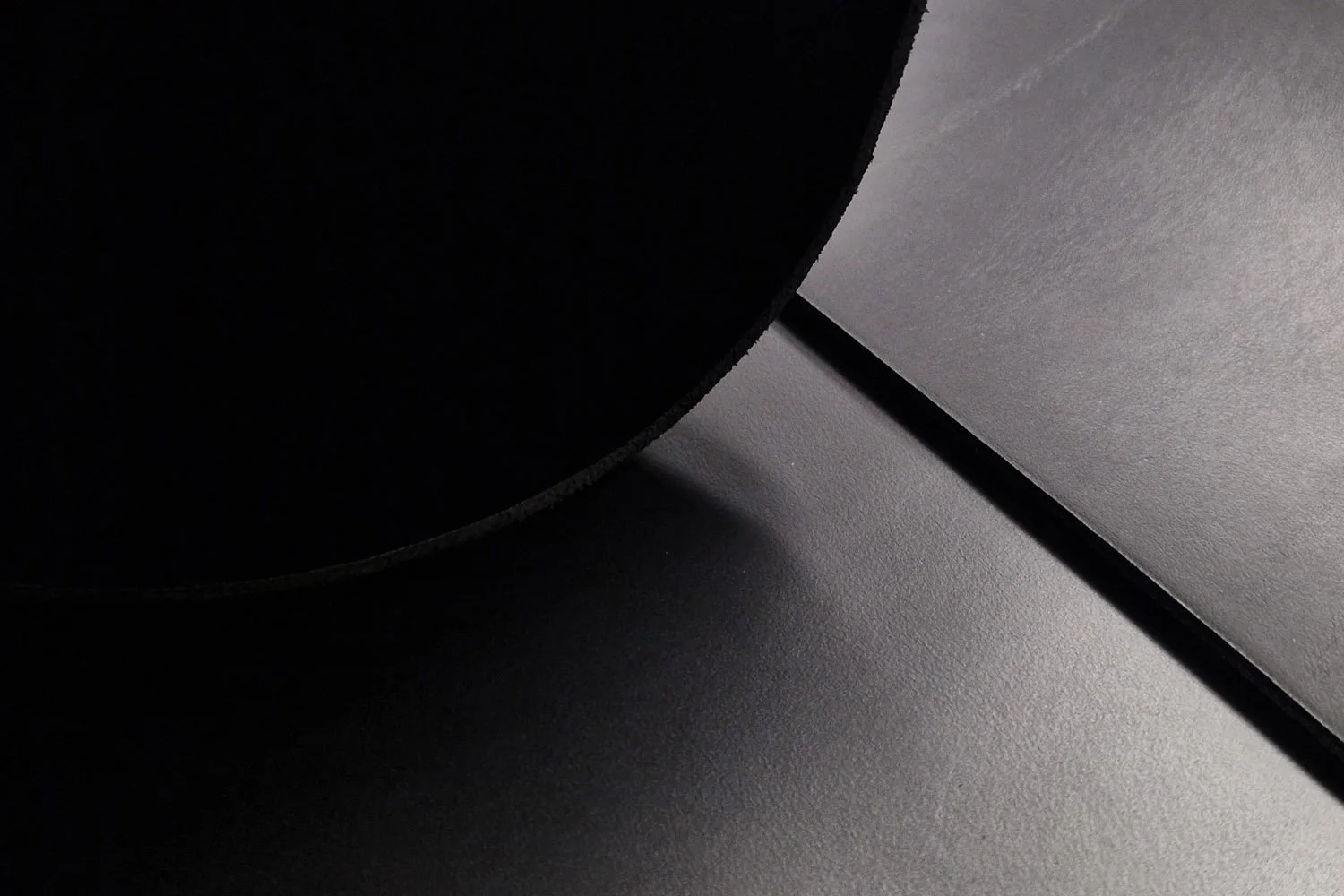How To Recognize Quality Leather
Leather is a renewable resource and one of the finest natural materials. It's both traditional and modern and has varied applications. Tanneries are aware that quality valuable leather can be obtained only from a quality rawhide which is the proof of animal welfare, health, and care that was given to the animal during its life. The certificate Pelle Conciata al Vegetale in Toscana (Vegetable-Tanned Leather in Tuscany) guarantees, among other things, that no animal was killed for its skin.
To begin with, it is good to define the difference between the terms hide (or skin – depends on the animal species) and leather (or fur – if the hair is preserved). Hide or skin is a raw material that is turned into leather through a process called tanning. However, in the Czech Republic, the term hide (skin) is commonly used instead of leather, although this is not the correct term for defining the final product of tanning. A wide range of leather types can be obtained through the tanning process. Leathers can be divided into different groups depending on the animal kind, the quality, the field of use, the tanning method, etc. In this article, I focus on the classification of leather according to quality.
Grain Leather
The best quality leather is grain leather obtained from the topmost layer of the animal hide. It's the strongest, the most hard-wearing, and the most long-lasting of all. Leather with the entire grain intact is called full-grain leather, the best and the most expensive of all leathers, obtained from premium hides that have not been artificially corrected by sanding or buffing but maintained in their natural purity and beauty. A very small percentage of these premium hides coming from the best breeding is left with no finish in their natural state or treated only with a translucent aniline dye that preserves its natural grain. Full-grain aniline leather is the most natural of all and therefore, with time, creates the most beautiful patina. Semi-aniline leather is aniline leather with a slightly pigmented surface that makes it more resistant to eventual stains. Its color is more uniform while still maintaining the natural look in all its beauty. Italian full-grain vegetable-tanned cowhide leather with the certificate Pelle Conciata al Vegetale in Toscana which I use in Atelier DEVA DE SAAT belongs to this absolute top.
Aniline Full-Grain Vegetable-Tanned Cowhide Leather
Natural Full-Grain Vegetable-Tanned Cowhide Leather
Corrected Grain Leather
The second best is corrected grain leather. It's the most common grain leather among premium leathers that, however, have more imperfections and therefore it's necessary to correct their grain. There is quite a variation when it comes to the quality and the looks of this type of leather as it all depends on the level of grain correction. Corrected grain can be higher quality leather that was lightly sanded to remove only a few blemishes while lower quality corrected grain leather with many imperfections will have the topmost layer completely buffed off. Therefore, the less grain correction, the better quality. Due to the removal of the topmost grain layer, corrected grain leather doesn't develop a patina.
Pigmented Leather
By pigmentation, a process of applying a layer of protective acrylic pigment to the surface, pigmented leather is made. This water repellent finish, which protects the leather from stains and other damage, makes pigmented leather more hard-wearing than aniline and semi-aniline leathers. Its color is also more vibrant and the overall look more unified.
Embossed Leather
Not only pigmented leather but also aniline and semi-aniline leathers can be further processed into embossed leather by stamping a pattern or an animal effect (i.e. alligator, ostrich, reptiles, flowers, geometric, etc.).
Nubuck and Suede Leather
So-called nubuck leather is made by slight sanding of the grain side. It's a luxury grain leather with a velvety surface that is by non-experts easily mistakable for lower quality suede leather made from the underside of the animal skin, primarily from lamb.
Split Leather
Most rawhides are too thick; therefore, they must be horizontally split into at least two layers by a machine during production. The bottom layer, so-called split leather, can be subsequently divided into multiple thinner layers, whereas the undermost (closest to the flesh) is the lowest quality split. Apart from sanding, the surface of split leathers is also finished with polyurethane or vinyl coating into which a regular pattern of the natural texture of animal skin is then embossed. This produces bycast leather which may look as expensive quality grain leather but it lacks its strength, breathability, and durability. Although this cheaper alternative of quality grain leather is easier to maintain thanks to its plastic surface, it's much more prone to damage.
Bonded Leather
The worst quality is that of bonded leather made from scraps of real leather which are crushed into tiny little pieces and subsequently bonded together with glue. The result is more or less quality "leather" material covered with a layer of polyurethane coating with the texture of animal skin. The quality of this dirt-cheap material depends on the proportion of leather fibers and filler material. Bonded leather is commonly used in cheap small leather goods, low-quality leather furniture, or in leather bookbinding. Poor quality leather belts with holes that quickly become to crumble and the plastic layer of paint soon peeling off are the perfect textbook example. Therefore, better stay away from these "leather" belts for good and rather invest in the quality ones made of grain leather. The initial high investment will pay off many times over the years.
Black Full-Grain Vegetable-Tanned Cowhide Leather
How to recognize a full-grain leather bag?
Assuming you are looking for a leather handbag or accessory made of full-grain leather (which will gradually create a patina with use), the first thing that will guide you in your decision is the price – obviously I am not talking about world-famous luxury brands now, but rather a small-scale artisanal production. Products made of vegetable-tanned full-grain leather (especially in light shades) will darken in color over time. The lighter the color, the more dramatic the change will be – for example, leather in its natural shade will darken the most and acquire a beautiful, honey-brown color which has a very similar hue to the leather of the Kera Maxi Shopper Bag on the picture below.
If possible, take a closer look at the handbag or accessory, touch it. Products made of full-grain leather will have a soft and supple surface that is warm to the touch. On larger bags, where it is most noticeable due to the big surfaces, look for irregular patterns and any minor natural imperfections, which, however, should not be confused with material defects. This is a characteristic feature of light to medium-dark shades of full-grain leather, which may show veins, stretch marks and small scars that arose during the animal's lifetime or even traces of insect bites and stings.
When bent inwards, full-grain leather will create fine wrinkles which is something that does not occur on leather with corrected artificial grain. Products made of real leather will have the well-known woody “leather scent” which is most pronounced in vegetable-tanned leather thanks to the natural agents used – tannins obtained from tree bark, leaves and roots of some plants. The overall design of the product will look high-quality and robust at first glance. Full-grain leather bags will seem heavier to you as this leather is thicker and stronger which indicates its resistance and durability.
Don’t forget to take a close look at stitches that will tell you right away if a product was crafted with utmost care and precision. A handbag made of full-grain leather will rarely present stitch work that is not perfect. It goes without saying that a hand-stitched leather bag will be far more expensive than a machine-stitched one but if the person who made it is a professional, also the machine-stitched handbag will look beautiful nevertheless.
Detail of Stitch Work on Tumbled Full-Grain Vegetable-Tanned Leather
However, if you come across a handbag with a perfectly unified grain and unnaturally uniform color, it will be a second-rate material, which may be, for example, split leather covered with an artificial layer with an embossed pattern, the most famous of which is so-called Saffiano.
I would compare leather with artificial grain to wood coated with paint – there are many types of paint and various coatings that more or less cover its natural pattern. It would be a shame to paint a beautiful oak floor with a covering paint. That's why I think that leather products, especially handbags, are the most beautiful in their absolute natural purity, without coatings and all sorts of embossed patterns. Because what's the point of a leather handbag being made of real leather if you can't see it? Every coating will wear out and deteriorate with use. A natural oak floor as well as a full-grain leather handbag will, with proper care, only age into beauty.







